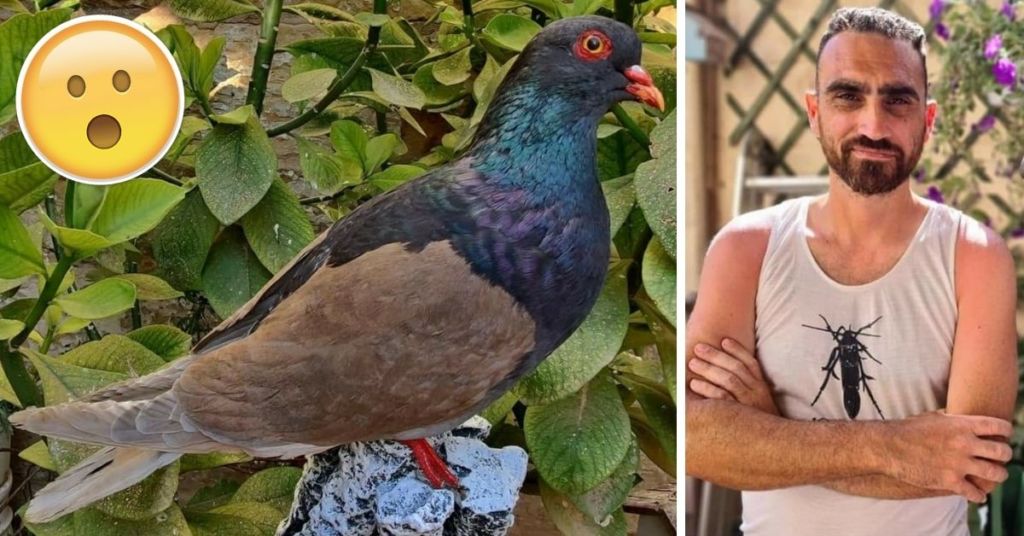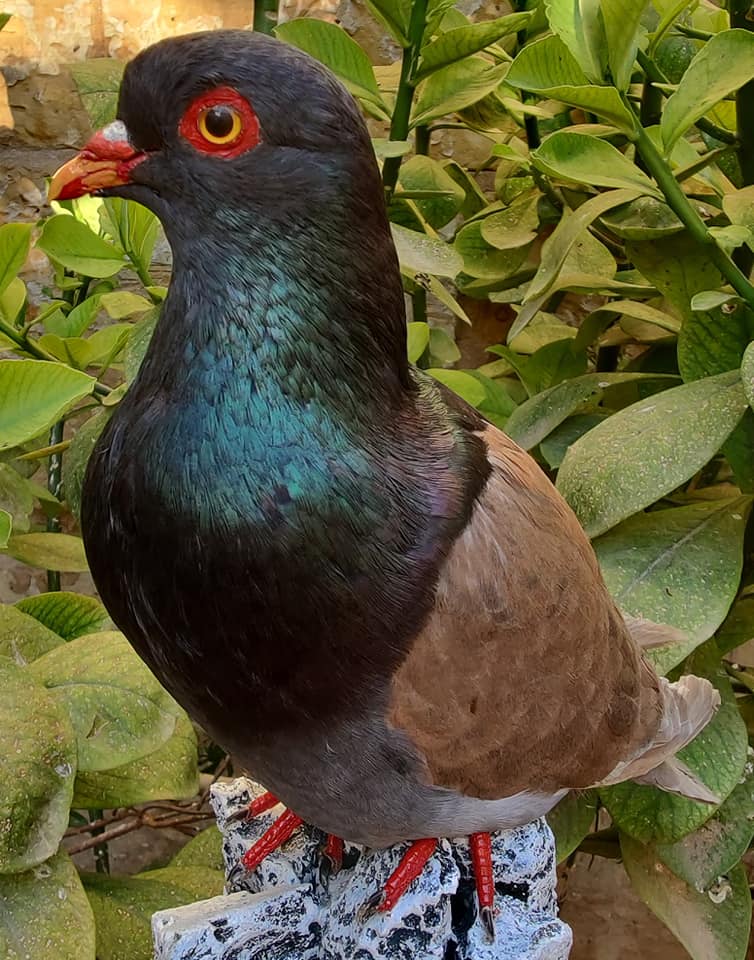Malta’s Proto-Pigeon? Biologist Recreates Very First Birds Believed To Have Roamed The Islands

Pigeons may be a common sight in most modern Maltese pjazzas, but a new initiative recreating prehistoric animals as they were when they roamed the lands may have just revealed what the first-ever Maltese pigeon looked like.
The first Maltese pigeon is believed to have gone extinct around 11,000 years ago, and may very well be the ancestor of pigeons as we know them today – and a group of biologists are dedicated to recreating these birds, and others, as part of a look back in time.
“These are the first-ever physical reconstructions of the Maltese pigeon (Columba melitensis). It’s a fossil from the Late Pleistocene era in Malta,” Arnold Sciberras, who is leading the Paleoartists project which you can find on Facebook, told Lovin Malta.
While they are still figuring out the links between these ancient birds and their modern counterparts, progress is being made.
“My work is based on studying the habitat of the time and reconstructing the specimen based on the similarities to nearby endemic island species present today,” he said. “It is calculated that this bird was slightly larger than a common wood pigeon.

Sciberras said he wanted to focus on birds as they were the direct descendants of dinosaurs.
“Ever since I saw Jurassic Park when I was seven, I always dreamt of seeing prehistoric wildlife coming back to life,” Sciberras beamed.
“Although when we discuss prehistory we typically think about dinosaurs, we feel detached because it is such a long time ago. However, birds are the direct descendants of dinosaurs. Not only that, but some groups of birds are really under-appreciated – take the columbids (pigeons and doves) for example.
“They were the unsung heroes in our wars and helped the human race develop communication, they were used for thousands of years for genetic research, for human consumption, as a major pest, you name it!”

And it’s not just pigeons – he’s recreated a number of other birds, including the Rodrigues dove.
The specimens are created from materials gathered from deceased pigeons, roadkill and deceased domestic fowls – no birds were harmed in the making.

Sciberras and his team hope to share their knowledge about the incredible history of these birds with the Maltese public.
“Through my long hours of research and effort in constructing these specimens, I hope to play a small part in bringing back and conserving current species,” Sciberras said.
“A book is also in the works to compile this study. Until then, I must thank Esther Sciberras and avian paleoartist Julian Hume for their constant assistance.”
Find out more about Malta’s Paleoartists by checking out their Facebook page.
Tag someone who is going to love this